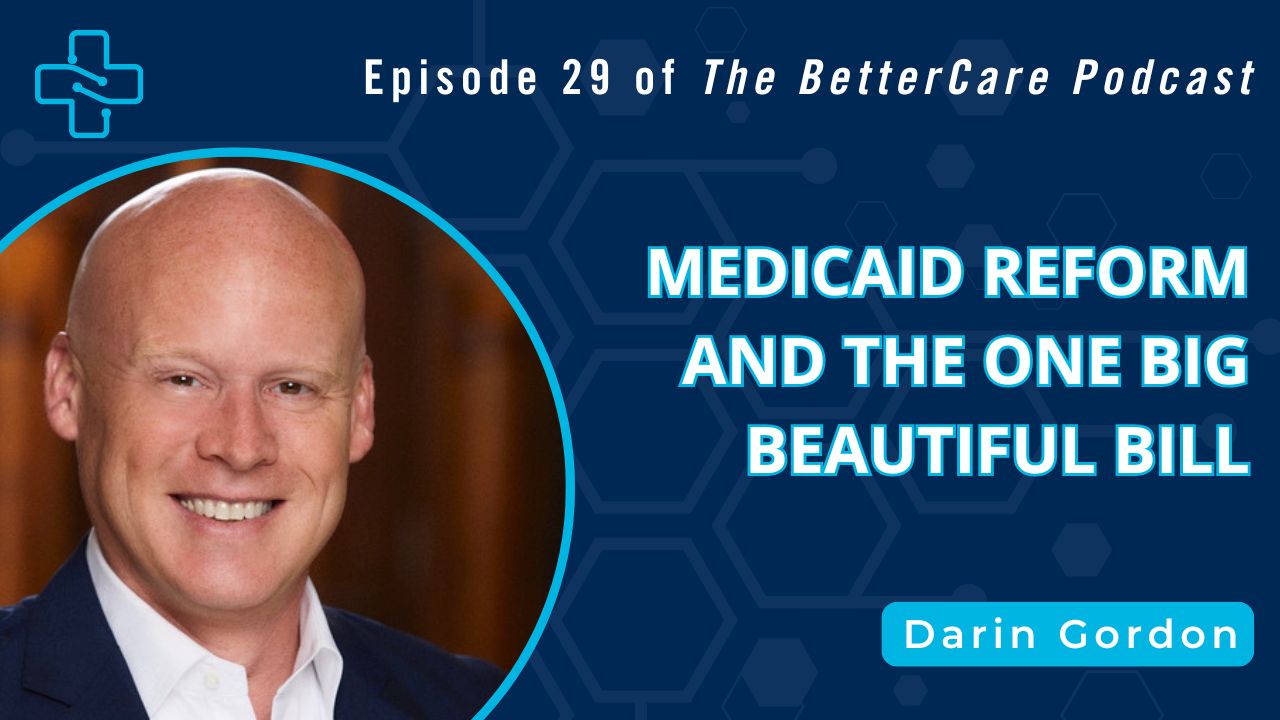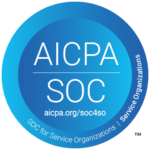Just a couple months ago, I wrote about the potential financial threats that Medicaid reform could pose to hospitals under proposed federal legislation. At the time, the One Big Beautiful Bill (OBBB) hadn’t yet passed, but now it has. And with it comes sweeping changes that will impact coverage, compliance, and reimbursement for years to come.
To help healthcare leaders move from speculation to strategy, we invited Darin Gordon, Founding Partner of Speire Healthcare Strategies, President & CEO of Gordon & Associates, and former Director and CEO of TennCare, on The BetterCare Podcast. With more than two decades leading and advising Medicaid programs across the U.S., Darin provided clarity, caution, and actionable guidance on what hospitals must do now.
Whether you’ve read the initial policy overview or are catching up for the first time, this conversation goes deeper into OBBB’s operational and financial implications, and how hospitals can prepare.
Some quotes have been lightly edited for clarity and brevity.
Ep 29 – Medicaid Reform and the One Big Beautiful Bill – Darin Gordon
The Medicaid Backstory: Expansion, COVID, and Enrollment Swells
Darin began by grounding the conversation in the basics. Created in 1965, Medicaid was designed to fill a gap in coverage for low-income individuals not eligible for Medicare. Over time, it evolved—especially after the ACA’s expansion to childless adults up to 138% of the federal poverty level.
Fast forward to the COVID-19 pandemic: in an effort to maintain coverage during the public health emergency, states were required to pause eligibility redeterminations. This “freeze” caused Medicaid enrollment to surge past 90 million enrollees. While the intent was to protect access during a crisis, it left many states with outdated rolls and unmanageable costs.
Now, the OBBB seeks to course-correct—but not without introducing a new set of challenges.
OBBB: What’s Changing, and Why It Matters
The One Big Beautiful Bill introduces a number of policies aimed at controlling Medicaid growth and tightening eligibility standards. As I noted in the earlier blog post, these changes were always likely to squeeze hospital revenue, especially for those serving low-income and rural populations. Darin’s insights from the podcast confirm those risks and lay out what they look like in practice.
- Work Requirements Become Law
Adults ages 19–64 who are deemed “able-bodied” must now work, volunteer, or participate in job training for at least 80 hours/month to remain eligible for Medicaid. While many in this group already meet those criteria, Darin emphasized that the real complexity lies in verifying compliance—especially for volunteer hours and education.
States are still awaiting federal guidance on how to administer these rules, and the administrative burden could be significant.
- More Frequent Eligibility Checks
Eligibility redeterminations will move from annual to semi-annual by the end of 2026, and new cost-sharing provisions will allow for up to $35 in copays per visit for non-exempt adults.
These measures may reduce improper enrollment, but Darin warned they could also create churn—with patients cycling in and out of coverage, complicating care continuity and hospital billing.
- Provider Tax Caps Will Shrink Funding Pools
Nearly every state uses provider taxes to fund Medicaid and draw down federal match dollars. Under OBBB, expansion states will see their provider tax caps phased down from 6% to 3.5% by 2032.
This is a critical shift, and one I previously flagged as a threat to hospital sustainability. Darin confirmed that these taxes often fund rate enhancements or supplemental payments. As states lose flexibility in this area, hospitals could see real reimbursement reductions.
- DSH Cuts Are Finally Moving Forward
After years of delay, Disproportionate Share Hospital (DSH) payment cuts are now scheduled to begin October 1, 2025, reducing federal allotments by up to 50% in some states. These cuts were originally tied to the assumption that ACA expansion would reduce uncompensated care but that hasn’t played out evenly across states.
Darin cautioned that safety net hospitals in non-expansion or under-resourced areas are particularly vulnerable, and hospitals shouldn’t assume the cuts will be delayed again.
A Time-Sensitive Opportunity: $50B in Rural Provider Relief
One bright spot in the legislation is the $50 billion Rural Provider Relief Fund, to be distributed between 2026 and 2030. But there’s a catch: states must apply by December 2025, and hospitals need to begin collaborating with state agencies now to influence how those funds are allocated.
Darin urged rural hospitals not to wait. “Don’t spend too long workshopping the perfect plan,” he said. “Start the conversations with your Medicaid agency early—before the application is locked in.”
The federal government is expected to release a menu of proven funding strategies for states to consider, but states will have room to propose their own. That means hospital voices can shape the direction if they engage soon enough.
Four Steps Hospitals Should Take Today
Darin’s recommendations for hospitals were clear, pragmatic, and urgent:
- Engage Your Medicaid Leaders—Now
Whether through associations or direct conversations, hospital executives need to be in the room. Waiting for finalized guidance could mean missing the opportunity to shape how policy gets implemented in your state.
- Collaborate Around Rural Relief Applications
States will need hospital input to submit strong applications for the Rural Provider Relief Fund. Come to the table with creative, locally relevant ideas, even if they’re still in development.
- Prioritize What Matters Most
As provider tax flexibility shrinks, hospitals should work with Medicaid agencies to identify which funded programs are most essential. Don’t say “everything is important”—come with clear priorities and potential trade-offs.
- Innovate Around Value
Though OBBB doesn’t directly advance value-based care, budget pressures may drive states to explore alternative payment models that reduce cost and improve outcomes. Hospitals should be ready to participate in these conversations.
Learning from the Past to Build a Smarter Future
During his TennCare tenure, Darin oversaw one of the most efficient Medicaid programs in the country. His leadership was marked by constant budget pressures but also innovation.
“In 20 years of public service, there wasn’t a year we didn’t have to make reductions… But those challenges forced us to rethink how we deliver care and to collaborate with providers differently.” –Darin Gordon
That spirit of open dialogue, regional customization, and data-driven solutions will be essential now. Whether it’s understanding how the new rules apply to your population, preparing for funding cuts, or shaping the rural relief strategy, the time to act is now.
Closing Thoughts
In my earlier blog, I asked: Will new Medicaid policies put hospital margins at risk?
Now we know the answer: yes, unless hospitals act early, engage their state partners, and adapt their financial and operational models to a changing Medicaid landscape.
This isn’t just about surviving new regulations, it’s about seizing influence while it’s still possible.
To watch or listen to the full episode, check out Episode 29 of The BetterCare Podcast.
Key OBBB Deadlines to Watch
| Date | Policy Change |
| Oct 1, 2025 | Medicaid DSH payment cuts begin ($8B/year) |
| Jan 1, 2026 | Mandatory cost-sharing begins for some Medicaid adults |
| Dec 31, 2026 | Eligibility checks must be semi-annual; retroactive coverage reduced |
| Dec 2025 | States must apply for the $50B Rural Provider Relief Fund |
| 2027–2031 | Provider tax caps in expansion states phased down to 3.5% |










